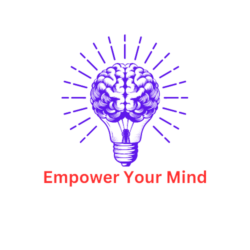What is Autism Spectrum Disorder (ASD)?
Autism Spectrum Disorder (ASD) is a complex neurodevelopmental condition characterized by challenges in social interaction, communication, and repetitive behaviors. The term “spectrum” reflects the wide range of symptoms and severity among individuals. According to the World Health Organization (WHO), approximately 1 in 160 children worldwide is diagnosed with autism. However, the prevalence rates can vary across studies, with some reporting higher numbers, particularly in high-income countries.
The Different Forms and Spectrums of Autism
ASD encompasses a variety of forms, each presenting distinct characteristics:
Autistic Disorder: Often referred to as “classic autism,” this form includes significant language delays, social challenges, and unusual behaviors and interests.
Asperger Syndrome: Individuals with Asperger Syndrome typically exhibit milder symptoms of autistic disorder, such as social difficulties, while maintaining average to above-average intelligence and no significant language delays.
Pervasive Developmental Disorder-Not Otherwise Specified (PDD-NOS): This diagnosis is given when a child exhibits some characteristics of autism but does not fully meet the criteria for autistic disorder or Asperger syndrome.
Characteristics of ASD
Common characteristics of ASD include:
- Difficulty in communication and social interaction
- Repetitive behaviors and restricted interests
- Sensitivity to sensory stimuli
- Preference for routines and structured environments
Similarities with Other Neurodevelopmental Disorders
ASD shares commonalities with other neurodevelopmental disorders, such as Attention Deficit Hyperactivity Disorder (ADHD), learning disabilities, and intellectual disabilities. These conditions can co-occur with ASD, making diagnosis and treatment more complex. For instance, both ASD and ADHD can involve difficulties with attention and social interaction, but they differ in the nature and origin of these challenges.
Gender Differences in ASD
ASD is more commonly diagnosed in boys than girls, with a ratio of about 4:1. However, recent studies suggest that girls may be underdiagnosed, as they often present different or less obvious symptoms, such as better masking of social difficulties.
Additional Information and Resources
- Early signs of autism in children
- Effective therapies and interventions
- Tips for supporting children with ASD in school and at home
- Stories and experiences from families navigating the autism journey
Our goal is to create a supportive community where you can find the information and encouragement needed to help children with neurodevelopmental disorders thrive. Together, we can make a difference in the lives of these children and their families
